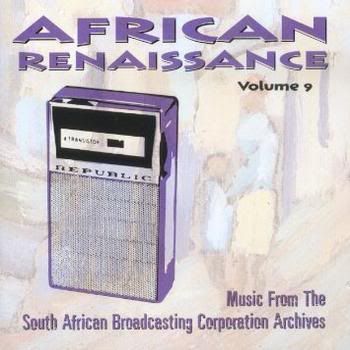 "The Kingston Trio" is The Kingston Trio's debut album, released in 1958. It entered the album charts in late October 1958, where it resided for nearly four years, spending one week at #1 in early 1959.
"The Kingston Trio" is The Kingston Trio's debut album, released in 1958. It entered the album charts in late October 1958, where it resided for nearly four years, spending one week at #1 in early 1959.Dave Guard, Nick Reynolds, and Bob Shane formed the Kingston Trio in Palo Alto, California in June 1957. By 1958 they had a recording contract with Capitol Records and were in the studio by February. From their first recording sessions, the single "Tom Dooley" was released and became a number one hit in the US. The single's success helped propel their debut album to the number one spot of the Billboard Pop chart.

It's easy to rate the group's debut album too low, since its two best-known songs ("Tom Dooley," "Scotch and Soda") have had no shortage of appearances elsewhere in the decades since, and the group went on to cut more than 20 additional albums in their prime years. A little less polished and accomplished than, say, the music that Terry Gilkyson and the Easy Riders were cutting at Columbia around this time, it makes up for those shortcomings with youthful spring, exuberance, freshness, and a number of song choices that spoke of a new generation of folk singing -- not only their hits but the first version of the comedic piece "Coplas" and "Sloop John B," which would become a rock standard in the hands of the trio's fellow stripe-shirted labelmates the Beach Boys. Dave Guard was the most influential member of the group here, in terms of song selections and arrangements, but the entire trio is well represented.
Additionally, producer Voyle Gilmore made their singing on "Bay of Mexico" and "Fast Freight" into something slightly larger than life. "Sara Jane," which the group learned from Louis Gottlieb of the Gateway Singers and, later, the Limeliters, who also arranged it, isn't far behind, a potential hit single in the same league with "Wimoweh." Listening to this album, one also gets a sense of just how strong the trio was musically right out of the starting gate - "The Kingston Trio" was essentially an idealized version of the group's stage show of the era, recorded over three days in the studio, and a fine, bracing body of music.
The Kingston Trio - Same (1958)
(192 kbps, cover art included)















